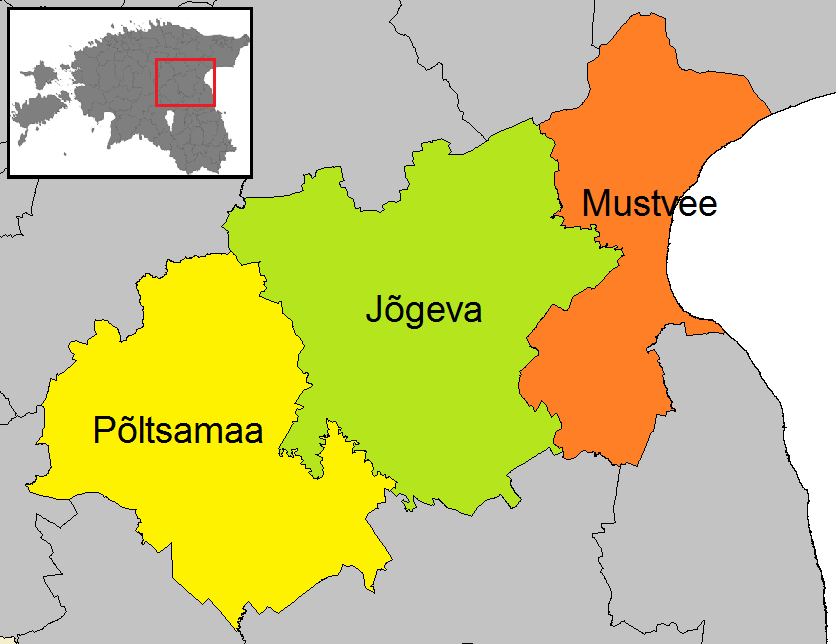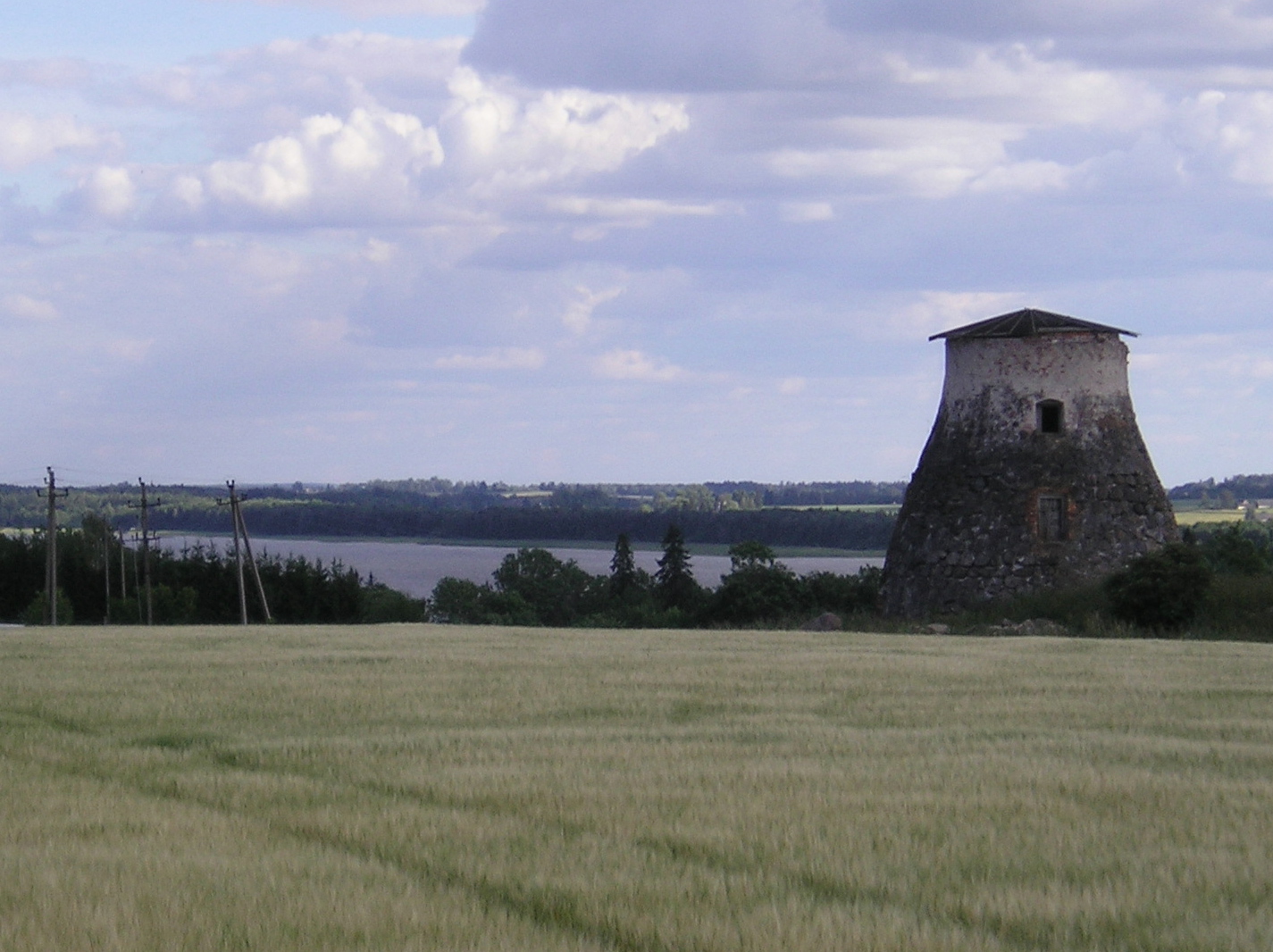|
Järvepera
Järvepera is a village in Jõgeva Parish, Jõgeva County in Estonia. (retrieved 28 July 2021) It is located just northeast of Palamuse, the administrative centre of the municipality, and southeast of Lake Kuremaa. Järvepera has a population of 31 (as of 1 January 2011). The Amme River begins from the Lake Kuremaa in Järvepera. Writer and playwright Oskar Luts Oskar Luts ( – 23 March 1953) was an Estonian writer and playwright. Biography Oskar Luts was born into a middle-class family in Järvepera, central Estonia, at that time in the governorate of Livonia (Russian Empire). His younger brother was ... (1887–1953) was born in the Posti farmstead in Järvepera. On 24 July 1966 a memorial stone was placed on the site where the house once was situated. References Villages in Jõgeva County {{Jõgeva-geo-stub ... [...More Info...] [...Related Items...] OR: [Wikipedia] [Google] [Baidu] |
Oskar Luts
Oskar Luts ( – 23 March 1953) was an Estonian writer and playwright. Biography Oskar Luts was born into a middle-class family in Järvepera, central Estonia, at that time in the governorate of Livonia (Russian Empire). His younger brother was the film director and cinematographer Theodor Luts. He attended Änkküla village school in 1894. He went to Palamuse Parish parish school in Jõgeva County, attending from 1895–1899. From 1899–1902 he studied at the Tartu Reaalkool. In 1903 Luts started working as an apothecary apprentice in Tartu and Narva. After passing the apothecary apprentice exams, he went to work in Tallinn (1903). During his military service in Saint Petersburg (1909–1911) he also worked in the apothecary field. He continued this work in Dorpat while studying pharmacy at university. When World War I started, Oskar Luts was conscripted into the Russian army. He worked as a military pharmacist in Pskov, Warsaw, Daugavpils, Vilnius and in Vitebsk (1915–19 ... [...More Info...] [...Related Items...] OR: [Wikipedia] [Google] [Baidu] |
Jõgeva Parish
Jõgeva Parish ( et, Jõgeva vald) is a rural municipality of Estonia, in Jõgeva County. It has a population of 13,513 (2018) and an area of 458 km² (177 mi²). Populated places ;Towns: Jõgeva (administrative center) ;Small boroughs: Kuremaa - Laiuse - Palamuse - Sadala - Siimusti - Torma ;Villages: Alavere - Änkküla - Eerikvere - Ehavere - Ellakvere - Endla - Härjanurme - Imukvere - Iravere - Järvepera - Jõune - Kaarepere - Kaave - Kaera - Kaiavere - Kantküla - Kärde - Kassinurme - Kassivere - Kaude - Kivijärve - Kivimäe - Kodismaa - Koimula - Kõnnu - Kõola - Kudina - Kurista - Laiusevälja - Leedi - Lemuvere - Liikatku - Liivoja - Lilastvere - Lõpe - Luua - Mooritsa - Mullavere - Mõisamaa - Nava - Näduvere Näduvere is a village in Jõgeva Parish, Jõgeva County in Estonia Estonia, formally the Republic of Estonia, is a country by the Baltic Sea in Northern Europe. It is bordered to the north by the Gulf ... [...More Info...] [...Related Items...] OR: [Wikipedia] [Google] [Baidu] |
Populated Places In Estonia
Populated places in Estonia Estonia, formally the Republic of Estonia, is a country by the Baltic Sea in Northern Europe. It is bordered to the north by the Gulf of Finland across from Finland, to the west by the sea across from Sweden, to the south by Latvia, and t ... (officially: settlement units), are cities or settlement units of rural municipalities, but only cities have administrative functions. Settlement units are divided into settlements and urban regions et, asum (subdivisions of cities). Officially there are five types of settlement units in Estonia: *town/city ( et, linn) *town without municipal status () *borough () *small borough () *village () See also * Municipalities of Estonia * List of cities and towns in Estonia * Counties of Estonia Notes External links Place Names Board of Estonia [...More Info...] [...Related Items...] OR: [Wikipedia] [Google] [Baidu] |
List Of Sovereign States
The following is a list providing an overview of sovereign states around the world with information on their status and recognition of their sovereignty. The 206 listed states can be divided into three categories based on membership within the United Nations System: 193 member states of the United Nations, UN member states, 2 United Nations General Assembly observers#Present non-member observers, UN General Assembly non-member observer states, and 11 other states. The ''sovereignty dispute'' column indicates states having undisputed sovereignty (188 states, of which there are 187 UN member states and 1 UN General Assembly non-member observer state), states having disputed sovereignty (16 states, of which there are 6 UN member states, 1 UN General Assembly non-member observer state, and 9 de facto states), and states having a political status of the Cook Islands and Niue, special political status (2 states, both in associated state, free association with New Zealand). Compi ... [...More Info...] [...Related Items...] OR: [Wikipedia] [Google] [Baidu] |
Estonia
Estonia, formally the Republic of Estonia, is a country by the Baltic Sea in Northern Europe. It is bordered to the north by the Gulf of Finland across from Finland, to the west by the sea across from Sweden, to the south by Latvia, and to the east by Lake Peipus and Russia. The territory of Estonia consists of the mainland, the larger islands of Saaremaa and Hiiumaa, and over 2,200 other islands and islets on the eastern coast of the Baltic Sea, covering a total area of . The capital city Tallinn and Tartu are the two largest urban areas of the country. The Estonian language is the autochthonous and the official language of Estonia; it is the first language of the majority of its population, as well as the world's second most spoken Finnic language. The land of what is now modern Estonia has been inhabited by '' Homo sapiens'' since at least 9,000 BC. The medieval indigenous population of Estonia was one of the last "pagan" civilisations in Europe to adop ... [...More Info...] [...Related Items...] OR: [Wikipedia] [Google] [Baidu] |
Counties Of Estonia
Counties ( et, maakond, plural ') are the first-level administrative subdivisions of Estonia. Estonian territory is composed of 15 counties, including 13 on the mainland and 2 on islands. The government (') of each county is led by a ' (governor) who represents the national government (') at the regional level. Governors are appointed by the national government for a term of five years. Each county is further divided into municipalities of two types: urban municipalities (towns, ') and rural municipalities (parishes, '). The number and name of the counties were not affected. However, their borders were changed by the administrative reform at the municipal elections Sunday 15 October 2017, which brought the number of municipalities down from 213 to 79. List Population figures as of 1 January 2021. The sum total of the figures in the table is 42,644 km2, of which the land area is 42,388 km2, so that 256 km2 of water is included in the figures. History In the fir ... [...More Info...] [...Related Items...] OR: [Wikipedia] [Google] [Baidu] |
Jõgeva County
Jõgeva County ( et, Jõgeva maakond or ''Jõgevamaa'') is one of 15 counties of Estonia. It is situated in eastern part of the country and borders Ida-Viru County to the north-east, Lake Peipus to the east, Tartu County to the south, Viljandi County to the south-west, Järva County to the north-west and Lääne-Viru County to the north. History Jõgeva County or Jõgevamaa was created January 1, 1990 from a parts of Viljandimaa and Tartumaa counties. County government The County government (Estonian: ''Maavalitsus'') was led by a governor (Estonian: ''maavanem''), who was appointed by the Government of Estonia for a term of five years. Since 2009 until 2018, the Jõgeva County governor position was held by Viktor Svjatõšev. From 01.01.2018 County governments were shut down in Estonia. Municipalities The county is subdivided into municipalities. There are three rural municipalities (Estonian: ''vallad'' – parishes) in Jõgeva County. See also * Vooremaa * Vooremaa ... [...More Info...] [...Related Items...] OR: [Wikipedia] [Google] [Baidu] |
Municipalities Of Estonia
A municipality ( et, omavalitsus, plural ) is the smallest administrative subdivision of Estonia. Each municipality is a unit of self-government with its representative and executive bodies. The municipalities in Estonia cover the entire territory of the country. Municipalities in Estonia are of two types: *Urban municipalities or towns (, singular ) *Rural municipalities or parishes (, singular ). There is no other status distinction between them. Municipalities may contain one or several settlements. All but 5 urban municipalities ( Haapsalu, Narva-Jõesuu, Paide, Pärnu and Tartu) plus 1 rural municipality ( Ruhnu) contain only one settlement. As of 2017, there are no longer any "borough-parishes", i.e. rural municipalities with only one borough-type settlement. Ruhnu Parish contains only one village and is therefore a "village-parish". Some municipalities are divided into districts. The 8 urban districts (, singular ) of Tallinn have limited self-government, while ot ... [...More Info...] [...Related Items...] OR: [Wikipedia] [Google] [Baidu] |
Palamuse
Palamuse is a small borough ( et, alevik) in Jõgeva County, in Jõgeva Parish, Estonia, located about southeast of the town of Jõgeva. It is passed by the Amme River. With a population of 551 (as of 1 January 2011) Palamuse was the biggest settlement and the administrative centre of Palamuse Parish. Palamuse is best known for being depicted in the Oskar Luts' 1912–1913 novel Spring (''Kevade'') as the settlement called "Paunvere". The 1969 film adaptation '' Spring'' was also filmed in Palamuse. His brother, filmmaker Theodor Luts (1896-1980) was born in Palamuse. Palamuse was first mentioned in a letter by Pope Gregory IX on 20 November 1234. The settlement evolved around the Palamuse St. Bartholomew's Church which was built in 1234 by the monks of the Kärkna Abbey. The church was reconstructed in Gothic style in the 15th century. Tower was added in the 19th century. In 1929 the church gained its today's interior. Gallery Palamuse, graffiti which depicts the ch ... [...More Info...] [...Related Items...] OR: [Wikipedia] [Google] [Baidu] |
Lake Kuremaa
Lake Kuremaa ( et, Kuremaa järv, german: Jenselsche See) is a lake in Jõgeva Parish, Jõgeva County, Estonia, located north of Palamuse. It's the 11th largest lake in Estonia and the second largest in the Vooremaa region (after Saadjärv Lake Saadjärv is a lake in middle-east Estonia with an area of 7.08 km2(1,750 acres). The lake is 53.4 m (175 ft) above sea-level. This lake is referenced in Canto VIII of the epic "The Hero of Estonia" by William Forsell Kirby. ...). It has an average depth of , max. depth is . The lake is above sea-level. References Lakes of Estonia Jõgeva Parish Lakes of Jõgeva County {{jõgeva-geo-stub ... [...More Info...] [...Related Items...] OR: [Wikipedia] [Google] [Baidu] |
Amme River
The Amme (also known as Aame, Ame and Amedi) is a long river A river is a natural flowing watercourse, usually freshwater Fresh water or freshwater is any naturally occurring liquid or frozen water containing low concentrations of dissolved salts and other total dissolved solids. Although the ... mostly in Vooremaa, Estonia. It is a left tributary of the Emajõgi. Its source is Lake Kuremaa near Palamuse and it passes through the Kaiavere Lake, Elistvere Lake and drains into the Emajõgi near the site of former Kärkna Abbey. The basin area of Amme is . Gallery File:Amme jõgi 1.jpg, Impounded lake in Palamuse. File:Palamuse veskijärv (Amme jõgi).jpg, Palamuse impounded lake on the Amme river. File:Amme jõgi (3).jpg, Palamuse File:Amme jõgi.jpg, Amme on its lower course. References External links Rivers of Estonia Landforms of Jõgeva County Landforms of Tartu County {{Estonia-river-stub ... [...More Info...] [...Related Items...] OR: [Wikipedia] [Google] [Baidu] |





